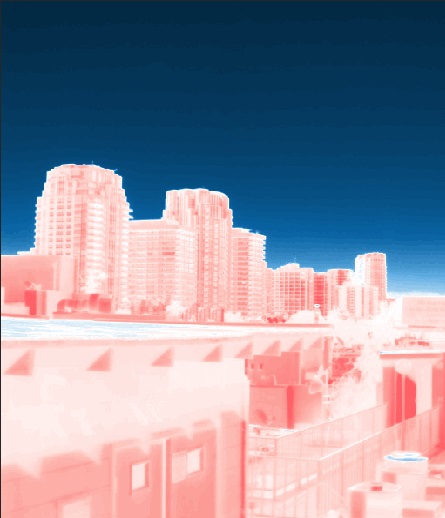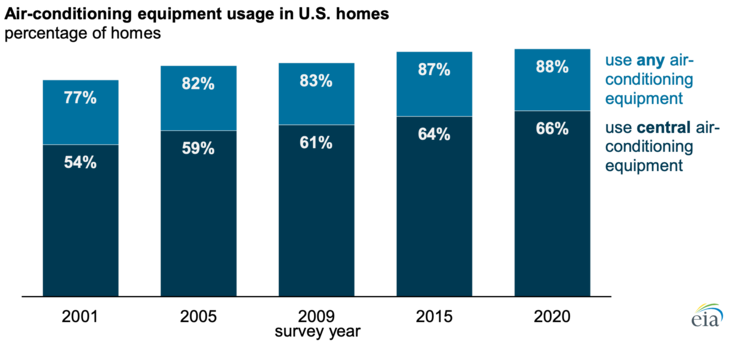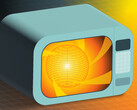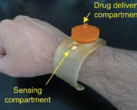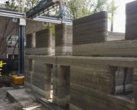Newly-developed passive cooling technique for buildings could bring down soaring AC costs

A UCLA research team has unveiled a new method for cooling buildings without relying heavily on energy-intensive air conditioning systems. By manipulating radiant heat transfer between buildings and their surroundings, the research team is claiming that their technique could position itself as a sustainable and cost-effective solution to temperature control.
Radiant heat, transmitted through electromagnetic waves, plays a crucial role in indoor temperature. While previous research has primarily focused on reflecting sunlight off rooftops, the UCLA team has addressed the often-overlooked issue of heat transfer between buildings at ground level. Through analysis of the distinct characteristics of radiant heat movement between buildings and the sky, the researchers identified an opportunity to optimize thermal management.
The team developed specialized coatings for walls and windows. These coatings are designed to selectively absorb and emit radiant heat within a specific wavelength range known as the atmospheric window. Upon adjusting the heat transfer, the coatings effectively cool buildings during summer months and retain heat during winter.
Aaswath Raman, who leads the Raman Lab at UCLA Samueli, talked about the inspiration derived from cities like Santorini in Greece or Jodhpur in India. He further added, "In recent years, there has been a lot of interest in cool roof coatings that reflect sunlight. But cooling walls and windows is a much more subtle and complex challenge.”
The research team utilized readily available and cost-effective materials, such as polypropylene (commonly used in bottles and jars), to create the coatings, making the technology scalable and accessible to a wide range of building applications.
While the technology won't exactly eliminate the need for air conditioners and other cooling devices, there is still immense potential for energy savings, particularly in regions with extreme climates. 88% of US households used air-conditioning in 2020, and the percentage has likely gone up since — so this new passive cooling technology could contribute to a smaller carbon footprint. Plus, we recently witnessed new commercially viable 3D-printed houses in Canada. All-in-all, these new discoveries look pretty promising for future housing.
Raman and his team are already working on demonstrating their passive-cooling effect at larger building scales and its real-world energy savings, with Southern California being their current area of focus.




